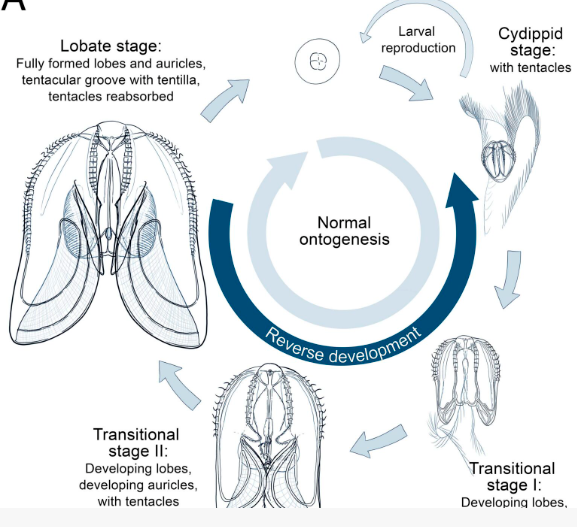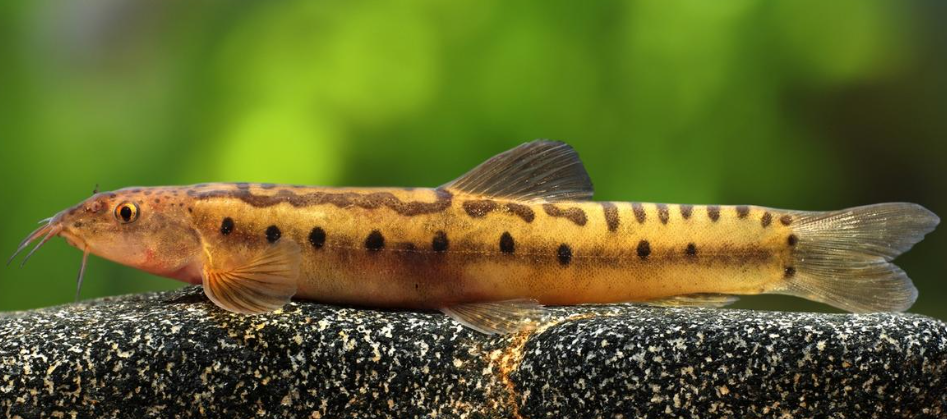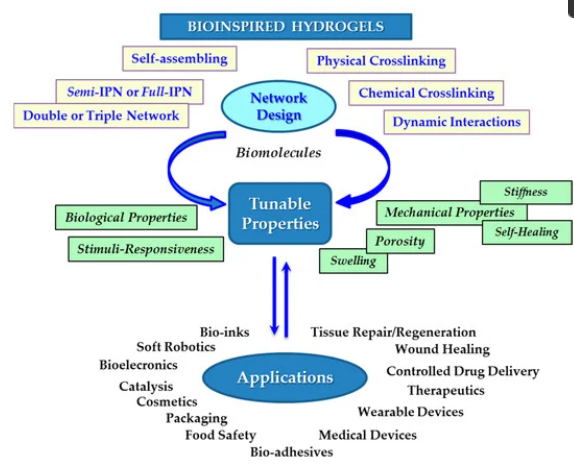Reverse Development in Jellyfish
Recently, scientists in Norway have discovered that comb jellies from the species Mnemiopsis leidyi reverse from a mature “lobate”, or adult with lobes, to an early larval-state when stressed by starvation.
- Reverse development in Jellyfish – A process where an adult comb jelly reverses their development and become larva again when stressed by starvation.
- It helps them survive because larva eat less than the adults.
- When Mnemiopsis leidyi regress, they grow a new “structure” tentacles, which the adult doesn’t have and the tentacles need a specific nervous system to function.

This reverse development is just like the “immortal” Turritopsis dohrnii, a jellyfish that was discovered in 1980’s.
|
|
Turritopsis dohrnii
|
Mnemiopsis leidyi
|
|
Group
|
cnidarians
|
ctenophores
|
|
Reverse development
|
Each individual reverses into a colony of individuals, rather than a single larva.
|
Each individual can reverse to a single larva.
|
- Survival strategy – Once they are back at the larval, or cydippid stage, if they are provided with enough food, they can grow back to an adult.
- And this cycle could theoretically repeat again and again.
- Though it doesn’t necessarily mean that they live forever as they could get eaten by a predator, for example.
- Ecological impact – These species are highly invasive.
- Significance – Reverse development can occur also in non-cnidarians.
- Future prospects – If a genetic switch exists in them for this process, then we might try to see if it works also in human cells.
- The rejuvenation of humans, though, is highly unfeasible due to our low brain plasticity.
Brain plasticity refers to the capacity of the nervous system to change its structure and ultimately its function over a lifetime.
Reference
The Indian Express| Jellyfish Reverses Development
Infectious Disease among Bees
A recent research paper explores the presence of some virus species in wild bee and hoverfly species across different landscapes in Switzerland.
- Virus in Bees – Recent study found the presence of deformed wing virus and black queen virus in 19 wild bee and hoverfly species across different landscapes in Switzerland.
- They found higher loads of these pathogens in wild pollinators that used floral resources the honey bees accessed as well.
- Causes – Western honey bees are often viral reservoirs and can infect wild species when they share habitats.
- Pathogen spillover – A process of the transmission of pathogens between managed honey bees and wild pollinators.
- The loads were 10-times higher among the wild pollinators in these shared habitats.
- Pathogen spillback – The less virulent virus could mutate in the wild pollinators and then spill back to honeybees in a more virulent form, being more detrimental to honeybees.
- Habitat loss – It could force pollinators into smaller suitable habitats and increase the risk of disease transmission.
- A recent estimate showed that 40% of bumblebee species in the Indian Himalaya could lose more than 90% of their habitat by 2050, raising concerns about the competition for resources with western honey bees.
- Control mechanism – Diverse pollinator-friendly habitats with more floral resources lowered the chance pathogen spillover & spillback between wild pollinators and managed western honey bees.
- More research and surveillance are required to monitor emerging diseases in bees and other pollinators.
|
Bees in India
|
- It hosts more than 700 bee species, including 4 indigenous honey bees
- Asiatic honey bee (Apis cerana indica)
- Giant rock bee (Apis dorsata)
- Dwarf honey bee (Apis florea)
- Stingless bee (sp. Trigona)
- Introduction of Western honey bees – They were introduced in India in 1983 to increase the country’s honey yield.
- Infection - In 1991-1992, a Thai sacbrood virus outbreak devastated around 90% of Asiatic honey bee colonies in South India and reemerged in 2021 in Telangana.
|
- Impact – It threatens world’s economies
More than 75% of food crops, fruits, and flowering plants need bees, wasps, beetles, flies, moths, and butterflies to yield successful harvests.
Reference
The Hindu| Infectious Disease among Bees
Genus Koima
A team of researchers have discovered Koima, a new genus of freshwater fish endemic to the Western Ghats.
- Genus Koima – The generic name, Koima is derived from Malayalam and is the vernacular word used for loaches.
- It now encompasses 2 known species that were previously miscalassifed under the genus Nemacheilus as Mesonoemacheilus remadevii and Nemacheilus monilis.
The family Nemacheilidae includes a diverse group of freshwater fish found mostly in tropical Asia & Europe and many species are valued both as a food source for local communities and as popular ornamental fish.
- Unique features – It has a unique colour pattern which comprises of
- Yellowish-brown ground colour
- A single row of black spots on lateral line
- All fins hyaline
- Absence of a uniform banding pattern on dorsal side
- Habitat – Kunthi, Bhavani, Moyar, Kabini, and Pambar rivers in the Western Ghats.
|
Koima Remadevii
|
- Habitat – Swift-flowing riparian streams with substrates comprising rocks, boulders, and gravel, with sand and silt patches scattered throughout.
- Microhabitats – These substrates produce a variety of microhabitats like gaps under boulders, and clefts between rocks that provide protection from powerful currents.
- Observation – Currently, it is only known from its type locality in the Kunthi river inside Silent Valley National Park.
|
|
Koima monilis
|
- Microhabitats – It ranges from large rivers to small, fast-flowing streams at elevations between 350 and 800 m.
- Observations – In various tributaries of the Cauvery River.
|

- Significance of discovery – It highlights the importance of Western Ghats as a biodiversity hotspot and a centre of endemism, it also underscores the need for a comprehensive taxonomic revision of many freshwater fish groups including nemacheilid loaches.
References
The Hindu| Genus Koima
Partnerships for Accelerated Innovation and Research (PAIR)
Recently, the Partnerships for Accelerated Innovation and Research (PAIR) initiative was launched to enhance research capabilities of universities, particularly central and state public institutions.
- It is designed to foster collaboration between research and teaching institutions.
- Launched by – Anusandhan National Research Foundation (ANRF).
- Objectives – To stimulate scientific innovation in institutions with limited research, in a mentorship mode by leveraging the knowledge and expertise of top-ranking institutions.
- Support internationally competitive research and foster successful collaborative networks between diverse institutions.
- Hub-and-spoke model of implementation
- Hub – Well established institutions
- Spoke – Emerging institutions
- PAIR network – It will consist of a central hub institution and between 3 to 7 spoke institutions.
- A hub institution can submit only 1 proposal and each institution can participate as a spoke in only 1 network.
- At least 2 state public universities must be included in each PAIR network, and to ensure regional diversity, at least 1 spoke institution must be located outside the state of the hub institution.
- Funding for PAIR network – It will vary based on factors such as the research theme, the number of spoke institutions, and the involvement of multiple departments and faculty members.
- Maximum funding – Rs.100 crore
- Budget distribution between the hub and spoke - 30:70 ratio
- First phase – It will target institutions that are ranked within
- Top 25 in NIRF overall rankings over the past 2 years
- Between the rank 26 and 50 in Institutions of National Importance
- Eligibility for the spoke institutions – It has been divided into 3 categories.
|
Category I
|
It includes central and state public universities ranked within the top 200 overall NIRF rankings, top 100 NIRF university rankings, or top 100 NIRF state public university rankings, excluding those eligible as hubs.
|
|
Category II
|
It includes NITs and IIITs as per the approved list.
|
|
Category III
|
It includes any central or state public university not in the 1st two categories but demonstrating potential in specific research areas
|
- Significance – It is a key component of the National Education Policy 2020 (NEP 2020) and will play a crucial role in fostering a robust research culture across India’s higher education institutions.
References
- Hindustan Times| PAIR Program to Accelerate Research
- ANRF| Partnerships for Accelerated Innovation and Research
Bioinspired Hydrogels
Recently, researchers have designed a new type of bioinspired hydrogel that can generate hydrogen and oxygen by splitting water molecules using sunlight.
- Hydrogels – They are soft biomaterials that can be engineered to mimic many aspects of a tissue structure.
- Bioinspired hydrogels – They are 3-dimensional networks composed of hydrophobic polymers synthesized by crosslinking water-soluble polymers.
Bioinspired materials are synthetic materials whose structure, properties or function mimic those of natural materials or living matter.

Bioinspired Hydrogels for Hydrogen Production
- Working principle – The polymer network prevent the molecules from clumping together and help control the transfer of electrons, which is crucial for splitting water into hydrogen and oxygen.
- Working – It mimics nature by using sunlight directly to split water.
- They are packed with functional molecules, such as ruthenium complexes and platinum nanoparticles which work together to simulate the natural process of photosynthesis.
- Photocatalytic splitting of water, 2 H2O → 2 H2 + O2
Artificial photosynthesis is a process that seeks to replicate nature's method, using sunlight to drive chemical reactions that generate clean energy.
- Advantages – This prevent the functional molecules from aggregating thereby boosting the activity of the water-splitting process and producing more hydrogen.
- Molecules organized within the hydrogel made the energy conversion process much more efficient.
- Significance – It has major implications for clean energy and could help sustainably reshape energy technologies
|
Hydrogen as Fuel
|
- It is seen as a promising fuel for the future as it is clean & renewable
- Currently, hydrogen is produced from electrolysis of water by using electrical power.
- Challenges – It rely on external energy sources.
|
Reference
The Physics Organization| Bioinspired Hydrogels


